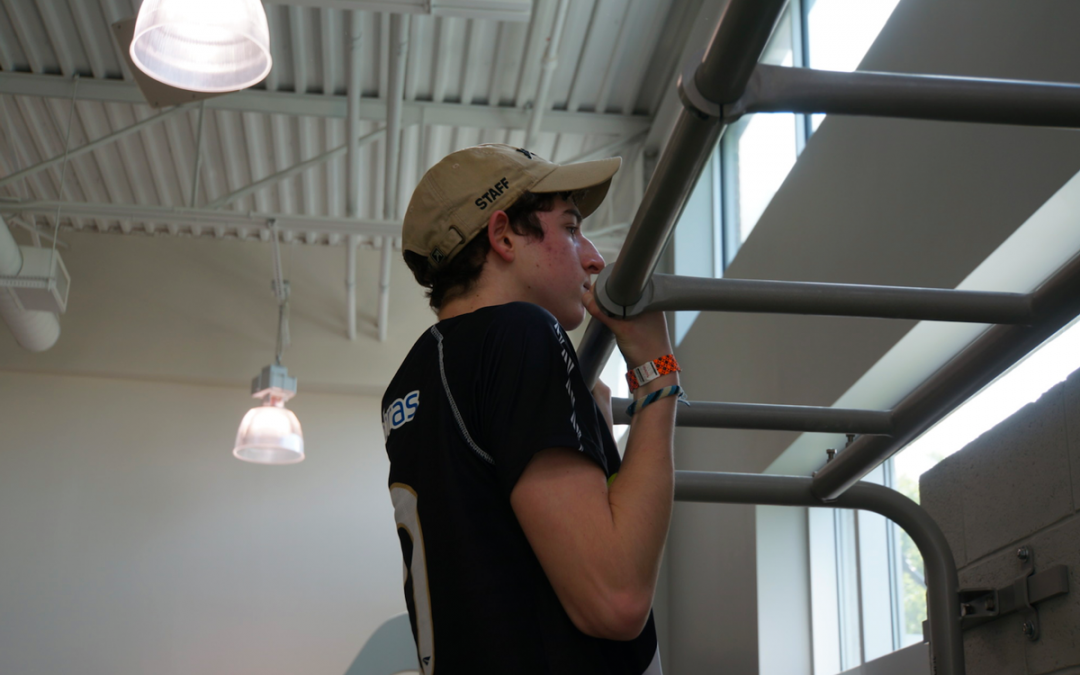When it comes to bodyweight exercises, few are as challenging as the chinup. In one pull you’ll work your back (primarily the lats), arms (mostly the biceps), shoulders, and core. “It’s one of the best body-weight exercises you can include in your exercise regimen because you’re pulling all of your weight vertically, which requires both strength and body control,” says Christian M. Valvano, C.F.S.C., a performance specialist with Parabolic Performance and Rehabilitation in Montclair, NJ. Don’t have perfect form just yet? Follow the progressions below to build strength and train movement patterns so you can soon master the move.
START HERE: HALF-KNEELING, SINGLE-ARM CABLE PULLDOWN
“Starting close to the ground means you have more stability but are still able to build strength in the core and upper body while training to pull from an overhead position through a stable midsection,” says Valvano. Focus here on keeping your core stable and pulling with your arm and shoulder through their full range of motion.
THEN TRY: BAND-ASSISTED CHINUP
Loop a band around the bar, and step into the bottom of the loop with both feet. Work on performing isometric holds with your chin above the bar (hold three to five counts), as well as eccentric contractions (slowly lowering back down for five counts). As you progress, place the band under one bent knee for less assistance.
FINISH HERE: FULL CHINUP
If your equipment allows for a neutral grip (palms facing each other), start with that, advises Valvano. For an even bigger challenge, you can progress to doing weighted chinups (use a weight belt to hang a weight plate and/or chain).
A Chinup Consult
Place hands about shoulder-width apart on the bar, palms facing body. Using a stepping stool or box can help you get into the right position. Step off the box or stool with control (don’t allow your body to swing) and hang fully down. Brace your glutes and the front of your core to help prevent overextension of the lower back.
Pull your elbows toward your hips, keeping a neutral spine throughout the entire movement. Keep your chin tucked throughout the vertical pulling motion.
Lower yourself with control until just before locking out elbows in starting position.
PULLUP vs CHINUP?
Pullups use a pronated grip (palms facing away from the body) slightly wider than shoulder-distance apart. This movement tends to be slightly more challenging and isolates the lats. Chinups use a supinated grip (palms facing body), with hands a little closer together; they use more of the biceps.
For more information on training review our blog on our website, or, if you’re interested in being one of our athletes, check out our page on performance training.

